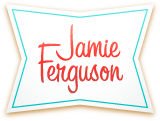Tiddlywinks
Yesterday I finished the third of six short stories I’m writing for the anthology workshop I’m taking next month. It was so much fun to write! I set this one in the old West, and I had a ball both with the writing and the research. I also used this round of research as an…
